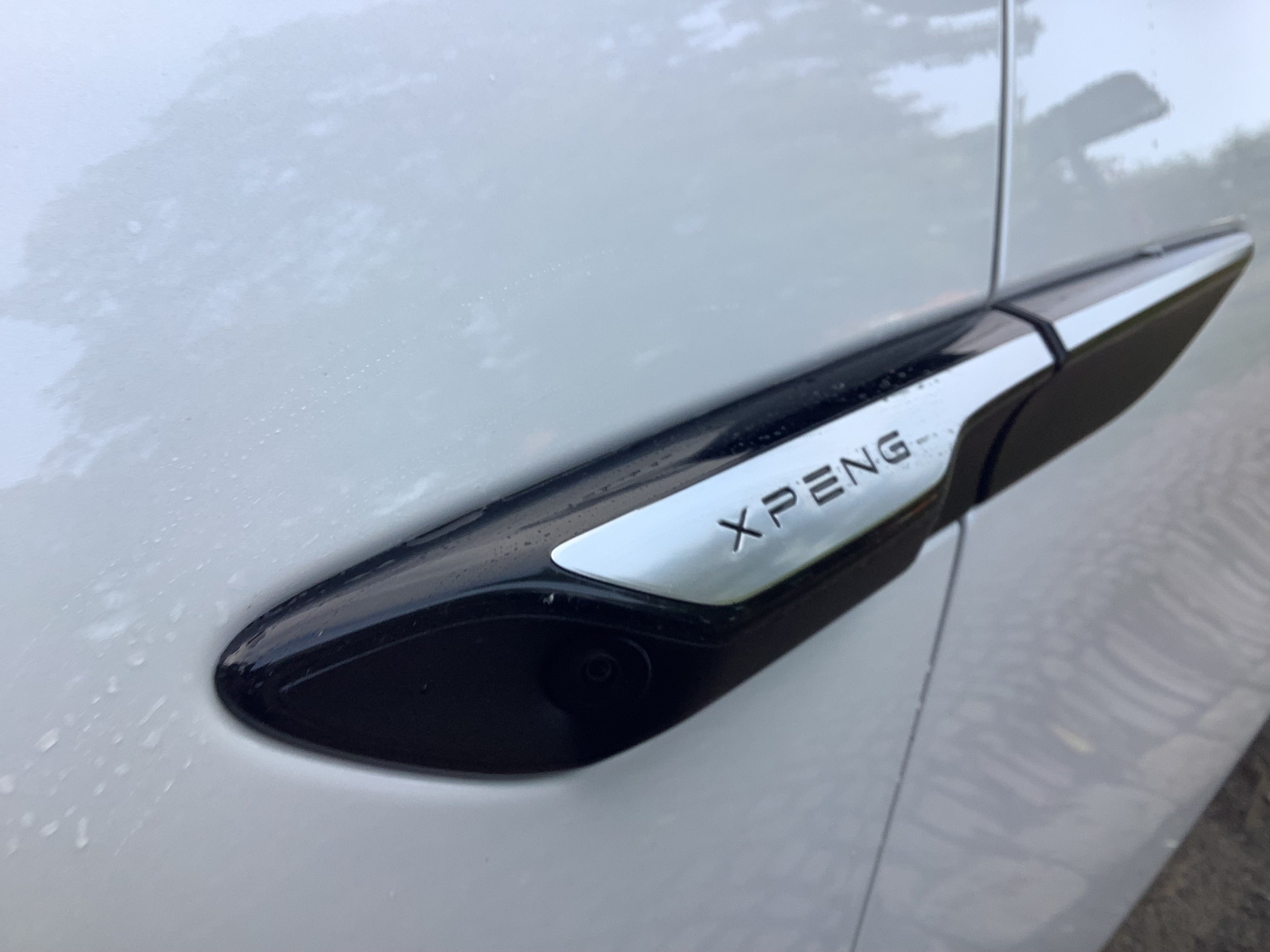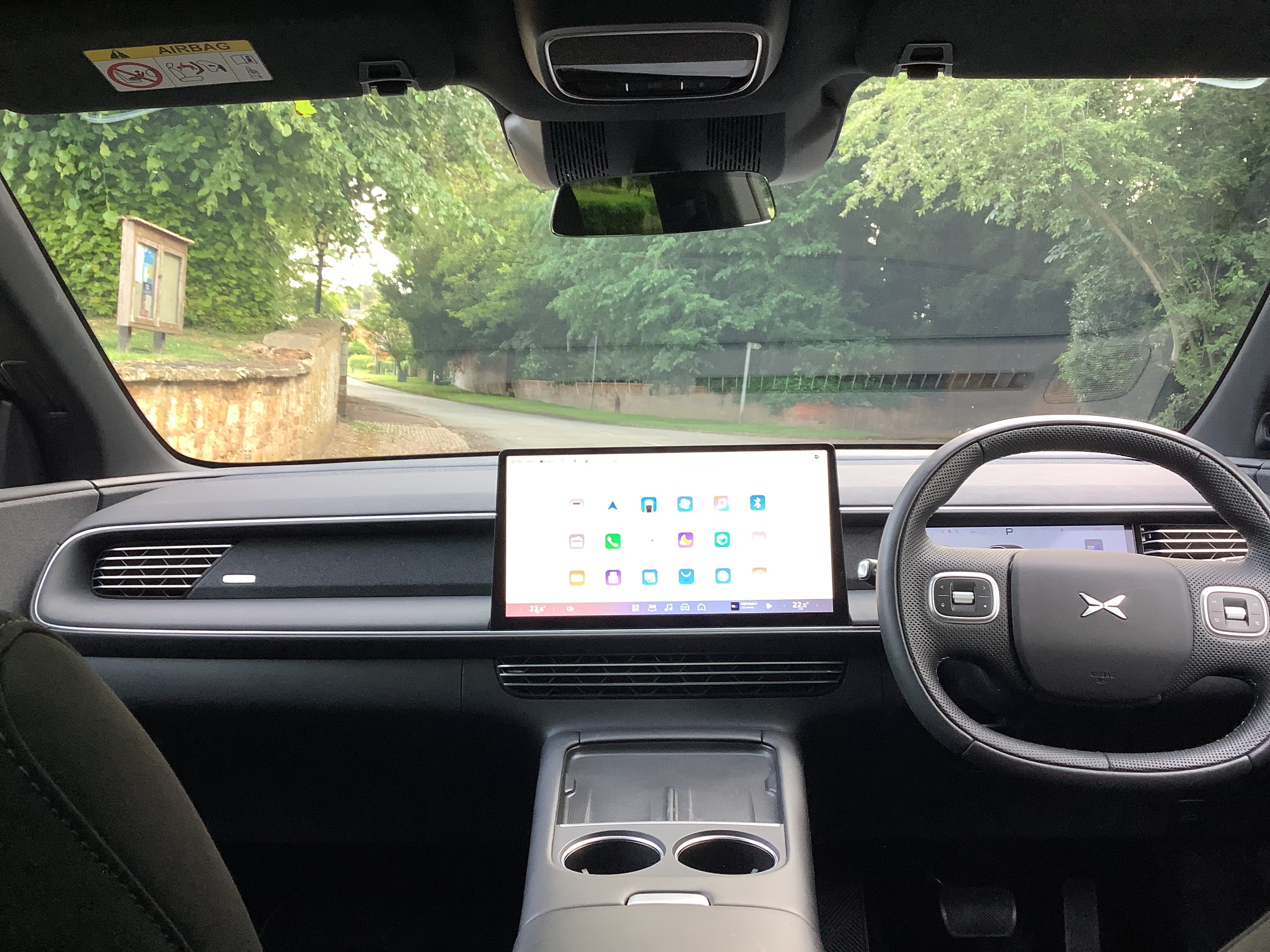XPeng. Nothing to do with The X-Files. Nor the (Nissan) X-Trail. Nor, even, X Æ A-12 Musk (his son, via the musician Grimes) – and nothing else spawned by the erstwhile head of Doge (which is just as well). The X in XPeng – and I did have to look this up – derives from the name of the co-founder of the company, He Xiaopeng. As unfamiliar as it might be to the British, it’s the equivalent of Ford, Peugeot or Austin.
Yes, it is yet another new entrant to the car market from a Chinese brand you have probably never heard of, and the influx is quite difficult to keep up with. It reminds me a bit of the steady incursion of Japanese marques that accelerated in the 1970s until almost all of them, from Toyota to Nissan to Honda to Daihatsu to Isuzu, offered their own challenges in the marketplace.
Now we will have to get more used to BYD, Leapmotor, Omoda, Jaecoo, Nio, Zeekr, GWM, Leapmotor, Dongfeng, et al, plus what you might call the Sinofication of “Western” brands either controlled by Chinese entities, such as Volvo, Lotus and MG, or in close collaboration, including Tesla, Stellantis (Peugeots, Fiats, and VW Group). Which brings us nicely back to the Guangzhou Xiapeng Motors Technology Company Limited, to grant it its full dignity. VW have a 4.9 per cent stake in the company (which was only founded in 2017), and I assume that is why VW, custodian of the Porsche brand, are perfectly happy to have their Chinese partners manufacture something that, from most angles, is a dead ringer for a Porsche Cayenne.

Smooth to the point of it being seemingly cloaked in sharkskin, the blobby, smooth looks and rather anonymous “face” – fashionably slim grille and “monobrow” headlights succeed in looking both classy and expensive. A (not so) poor man’s Lotus Eletre, even. It’s also genuinely very aerodynamic – coefficient of drag at 0.248 – making it extremely quiet. The nicest car you’ve never heard of.
On such first impressions, and with its high-tech equipment and comfort levels, it seemed to me like it would fit squarely in the semi-premium £50,000-plus sector of today’s SUV market. But no. This is a £40,000 car, and it’s a sign of the times. Given the absurdly low benefit-in-kind tax rates for business users, the XPeng G6 Standard, my test car, represents an astonishing lump of high tech on wheels for the money. It’s at least a match for value compared with any of its European, Japanese, American (Tesla) or Korean competition, and it’s pretty advanced with it. Obscure as it is, it is a suitable symbol of an invasion that could tear the heart out of the European industry.
I’m no business analyst, but I can’t help wondering whether the US-China trade war, and the more substantial tariffs the EU also slap on Chinese products, mean that this is bargain time for British people looking to buy a new car. Put it this way: China exports more than 6 million cars a year, and they have to go somewhere. I doubt this current crisis will last, and with the prices of some lightly used electric vehicles also depressed, if you’re a business user or fortunate enough to be able to fund such an investment, this is your chance.
The G6 is a very roomy five-seater that could probably squeeze eight human beings in, and the faux “leatherette” seats are thoroughly comfortable, even if not quite the real thing. There’s a double induction phone charger on the central console (works for old smartphones like mine), plus a big cubby box, and there’s a long way back to the rear bench. Comfort is good, too, but it’s the technology that sets it apart – maybe as intelligent as a Tesla, if a little less intuitive.

This is good and, frankly, a bit bad too. My favourite feature is the live “LIDAR” display – from the “Light Detection and Ranging” lasers beamed from a unit at the top of the windscreen, which detect various obstacles and activity around the car. It’s very entertaining to observe how the car can sometimes detect everything moving accurately and to scale, including brake lights, and how it sometimes mistakes a bicycle for a person. The tech is there to help facilitate fully autonomous driving, combined with data from cameras and the satnav.
I wondered, given the paranoia about China, whether there was some bloke in Guangzhou following my progress and updating the Politburo of the Chinese Communist Party with my movements – “O’Grady’s just driven through Tilton”. It’s got a vast range from its substantial battery pack, plus ultra-high speed charging capacity, but it’s not that efficient a machine – about 3 miles per kilowatt-hour is a bit disappointing, even if you’re charging at home and filling it up is a fraction of any petrol equivalent. (For a few thousand pounds more, the high-performance all-wheel drive G6 Long range can be yours.)
The big drawback of the XPeng, for me, is the way virtually everything has to be done via the touchscreen – even including the demister, adjusting the door mirrors and moving between sporty, economy and comfort settings, for example. The adaptive cruise control is set via the gear lever, and the voice assistant, a characterful little animated figure, is a bit slow on the uptake. I also found the thick front pillars obscured visibility. But for this money, I’d be prepared to overlook such idiosyncrasies. Can I say it’s got the X Factor?




